Galapagos Islands, Ecuador —(Map)
Ecuadorian President Guillermo Lasso has announced that a huge new section will be added to the protected area of ocean around the Galapagos islands. The move will make one of the world’s largest marine reserves almost 50% larger.
Mr. Lasso made the announcement in a speech on Monday at the United Nations climate conference known as COP26.
😕
This image has not been loaded because of your cookie choices. To view the content, you can accept 'Non-necessary' cookies.
Ecuadorian President Guillermo Lasso (above) has announced that a huge new section will be added to the protected area of ocean around the Galapagos islands. The move will make one of the world’s largest marine reserves almost 50% larger.
The Galapagos Islands are a special group of islands 600 miles (1,000 kilometers) off the coast of Ecuador. Because the islands are so far from land, they are home to many plants and animals that can’t be found anywhere else.
That’s true in the sea, too. Galapagos waters hold many kinds of sea life that can only be found there. The waters around Galapagos are home to roughly 2,900 different kinds of marine plants and animals.
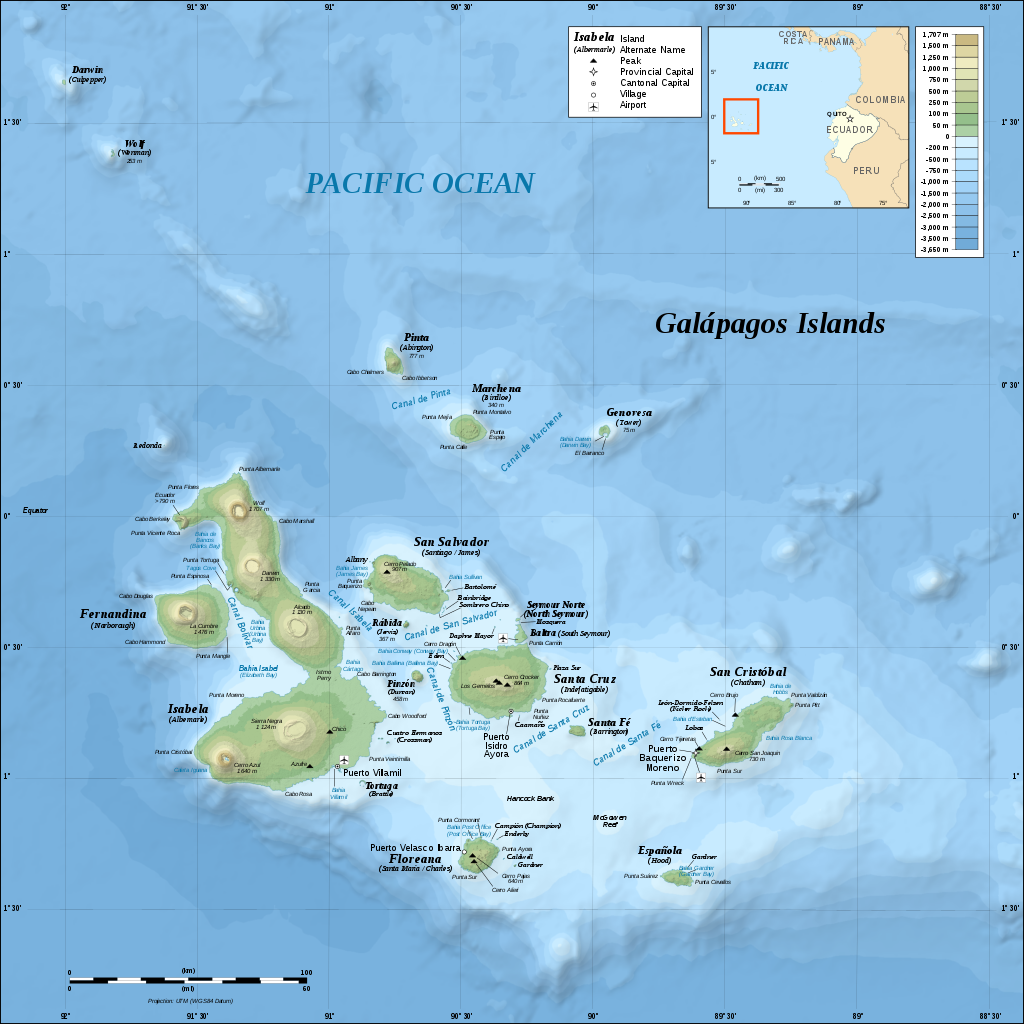
(Source: Eric Gaba/NordNordWest/MatthewStevens [CC BY-SA], via Wikimedia Commons.)
Since 1998, the ocean area around the Galapagos has been protected by the Galapagos Marine Reserve (GMR). At 51,000 square miles (133,000 square kilometers), the GMR is one of the largest marine reserves in the world.
Under Ecuador’s new plan, another 23,000 square miles (66,000 square kilometers) will be added to the reserve, stretching up toward Costa Rica’s Cocos Island.
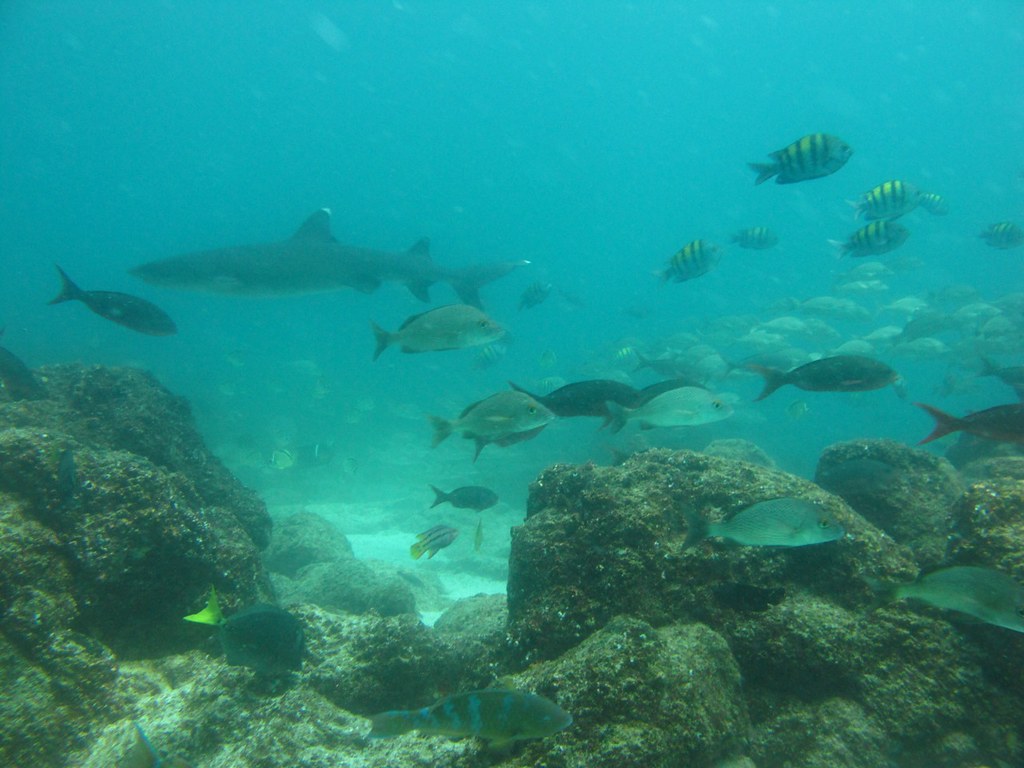
(Source: Fabio Wakim Trentini, via Flickr.com.)
The special ocean conditions around the Galapagos attract many larger sea animals which don’t stay in one place. They travel through the area as an important part of their migration patterns. This includes groups of special sharks, such as endangered hammerhead sharks and whale sharks.
Many people hope the new plan will help protect these migrating animals.
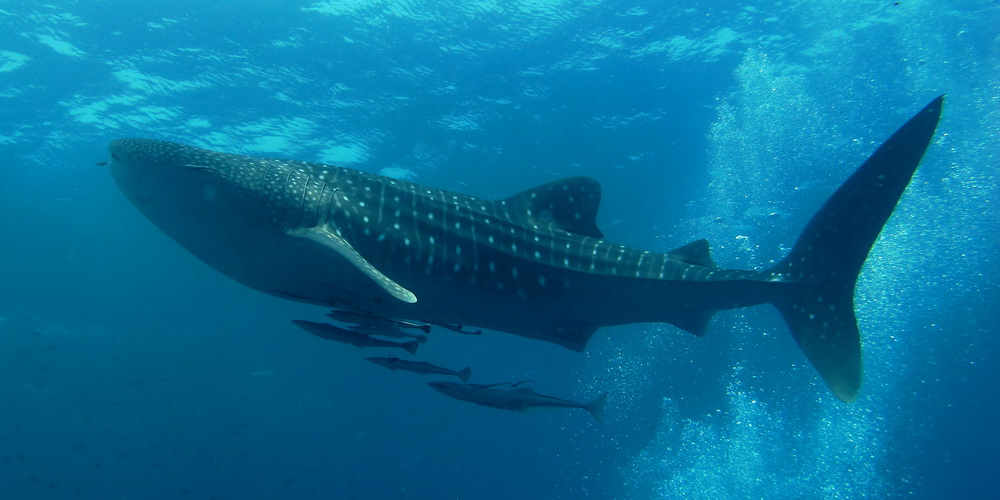
(Source: Abe Khao Lak [CC BY-SA], via Wikimedia Commons.)
The new area of the reserve will be split into two equal sections. In one section no fishing will be allowed. Some fishing will be permitted in the other section. But “long line” fishing will be banned. In long line fishing, long lines with hundreds or thousands of hooks catch fish but also other animals like dolphins, sea turtles, sharks, and sea birds.
Having a larger marine reserve will require more navy boats to patrol the waters and make sure the rules are being followed.
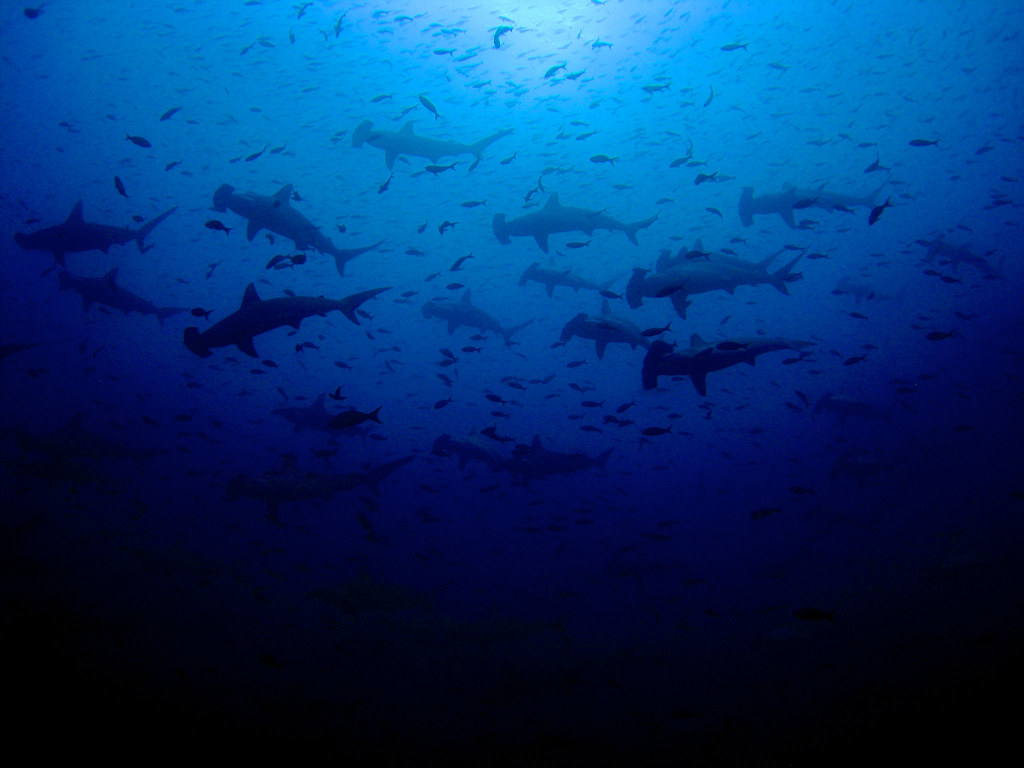
(Source: Daniel Kwok, via Flickr.com.)
In the past, huge numbers of Chinese fishing boats have fished heavily just outside the limits of the GMR. This has put some endangered sea creatures at greater risk. Mr. Lasso says the new, larger reserve is not a response to these fishing threats from China.
But creating and caring for a large marine reserve isn’t easy. Mr. Lasso has an interesting plan to pay for the new reserve. Like many countries, Ecuador owes a lot of money. It has borrowed money in the past and now it needs to pay it back. Money that is owed is called “debt”.
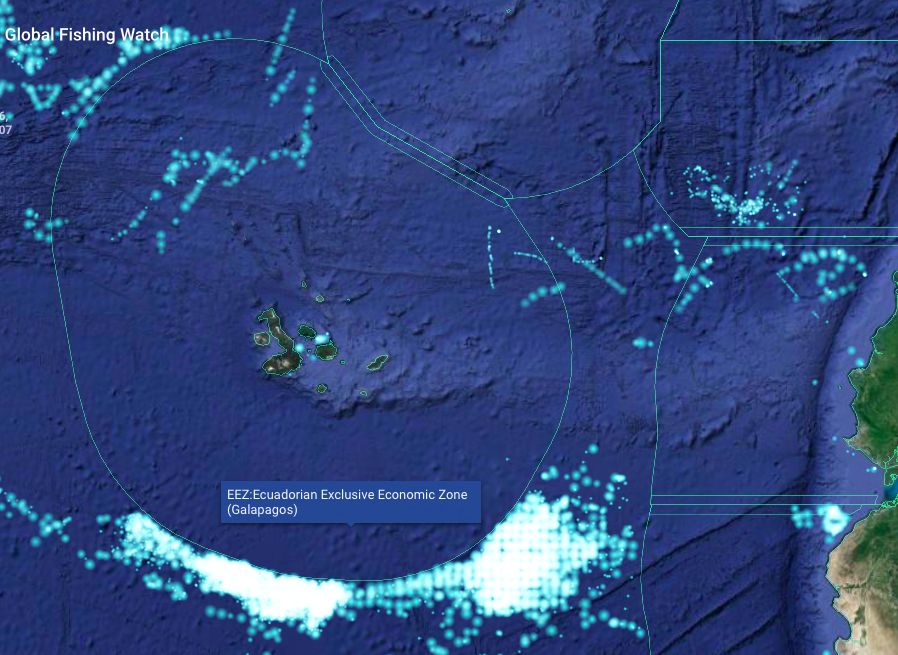
(Source: [CC BY-SA], Global Fishing Watch.)
Since protecting the sea is good for the whole world, not just Ecuador, Mr. Lasso is hoping that the country can trade some of its debt for creating the new marine reserve. This idea is likely to find many supporters, especially among groups that want to protect the sea.
If Mr. Lasso’s plan works out, Ecuador would owe far less money, and the world would get a new marine reserve that Ecuador will protect and care for.
😕
This map has not been loaded because of your cookie choices. To view the content, you can accept 'Non-necessary' cookies.
